IRIS GST TIMES
August ,2020
This issue
E-invoice & E-way Bill E-invoice & B2C P.1
41st GST Council Updates P.2
IRIS Onyx – E-invoicing Solution P.3
Data Based Lending – The Emerging Case for MSMEs Credit Appraisal P.4
Chief Editor
Vaishali Dedhia
The monsoon has brought in its share of goodness and trouble in equal propositions across the country. Unlock has been implemented but COVID-19 cases are at a rise, vaccine being the only hope. Mumbaikars and people across the country celebrated Ganesh Chaturthi and Onam amidst this pandemic. People now are adopting sustainable ways to celebrate festivities in a minimalistic manner.
We at IRIS continue to WFH and serve all our clients with the best of our abilities just like before!
In this issue, we’ll be covering E-invoicing and E-wayBill, also we give details about E-invoicing and B2C Transactions. Here, we share the highlights of41st GST Council meeting, and A definitive guide to coping up with Constant changes to the GST regime. We also coverGST Data Based Lending – The Emerging Case for MSMEs Credit Appraisal along with our feature highlight IRIS Onyx. We also share the link to our compliance calendar for September.
Regards,
Team IRIS GST
Form GSTR 2B:
Form GSTR-2B is a statement on eligible and ineligible ITC for the month.Form GSTR-2B is an auto-drafted statement of ITC for regular taxpayers. The form is a static statement that provides details about eligible and ineligible Input Tax Credit (ITC), similar to GSTR 2A. It will show document-wise details of ITC eligibility.
- GSTR-2B is an auto-drafted ITC statement which will be generated for every recipient on the basis of the information furnished by their suppliers in their respective GSTR-1, GSTR 5 and GSTR 6. The statement will clearly show input tax credit available and not available for every document filed by any supplier for a recipient.
- Form GSTR-2B will not be updated for older months. It will be generated henceforth only.
- It is a static statement and will be made available once a month on the 12th of the month succeeding the month for which the statement is being generated. For example, for the month of July 2020, the statement will be pre-generated on 12th August 2020. This means the data will be considered till the 11th of the next month always.
E-invoicing and RCM
E-invoicing starts in a month and the onus of creating invoices and getting them registered on the Invoice Registration Portal (IRP) lies on the Supplier.
This, in a usual scenario can work fine. However, for a business, there are multiple transactions that need to be reported under Reverse Charge Mechanism (RCM).
The companies are in a state of confusion on RCM transactions when e-invoice goes live as in the case of RCM.
Purchaser issues self-invoice which is reported in GST returns and under E-Invoicing, Purchasers under no situation can generate Invoice Reference Number (IRN).
The article explains the rules of e-invoicing in relation to RCM. It also covers:
- What is RCM?
- Type of transactions covered under RCM.
- RCM transactions that are covered under E-invoicing mandate.
- Scope of E-invoicing in light of RCM transactions
- Validations provided by IRP for RCM transactions
Read our full article on E-invoicing and Reverse Charge Mechanism here!
GST Refund Forms:
IRIS Credixo – a cloud software that empowers financial institutions with data-based lending using GSTN Ecosystem:
IRIS Credixo, our credit assessment and monitoring tool, helps lending institutions to move from traditional and manual-credit assessment process to automated and data driven lending. The likes of Banks, NBFC’s and Fintechs can simplify their credit assessments with consented GST data. Use of GST data transforms turnover and cash flow based financing to one based on the first hand, real-time information.
Details: IRIS Credixo
CONTACT US
Have feedback for us?
Want to request for our product demos? Please reach out to us at
+91 22 6723 1000
support@irisgst.com
@IRISGST
E-invoice & E-way Bill
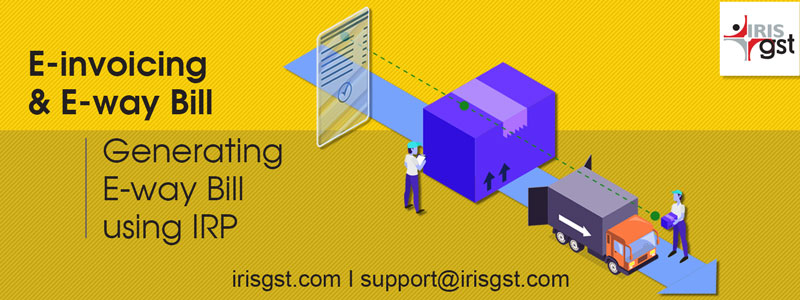
Under the e-invoicing mandate, invoices that the taxpayers generate need to be registered on the official e-invoicing portal set up by the Government called as Invoice Registration Portal (IRP) in response of which an Invoice Registration number (IRN) is generated unique to every invoice. As a step ahead, the Government has streamlined the generation of E-way Bill also along with E-Invoicing. And IRP can be used to generate not only IRN but also e-way bills, for the documents which qualify. Thus, depending on the data sent, the IRP system will return IRN or E-way Bill Number or both.
Generating E-way Bill using IRP:
As a process, the taxpayer sends invoice details to IRP and receives IRN in response along with other details like:
- Signed QR code
- Acknowledgement No.
- Acknowledgement date
- Status
- Signed Invoice Data
However, if the taxpayer also sends the transportation details along with the invoice details, then the IRP communicates with the E-Way Bill portal in real-time and generates E-Way Bill, thus saving time and efforts required at the taxpayer’s end.
There can be multiple scenarios where depending on the information sent to the portal, the response received varies.
E-invoice & B2C
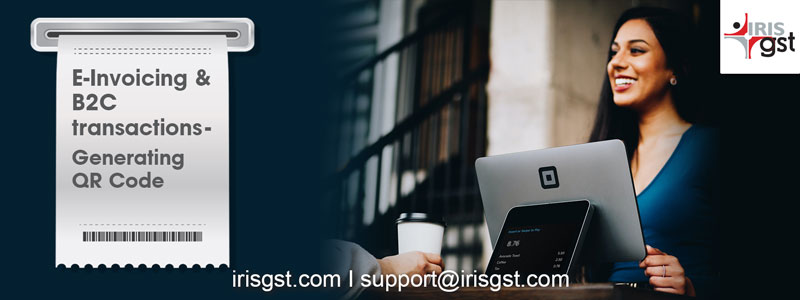
Understanding E-invoicing and QR code generation for B2C transactions has become quite important in the current scenario when the e-invoicing system is set to be mandatorily implemented for taxpayers with turnover over INR 500 cr. from October 1, 2020. Invoice Registration Portal (IRP) is the e-invoicing government portal which is currently managed by National Informatics Centre (NIC).
The invoices for which Invoice Registration Number (IRN) is required to be generated are to be sent to NIC for registration and NIC in return will provide IRN, Signed QR Code, Acknowledgement Number, Acknowledgement Date, Status and Signed Invoice (in JSON format).
Transactions involving supplies made to unregistered persons or consumers are generally referred to as Business to Customer (B2C) transactions. B2C Invoices are those invoices where the end user will not be claiming Input Tax Credit (ITC) from GSTN. While B2B transactions i.e. invoices raised to a registered counterparty are explicitly covered under the current e-invoicing mandate as per Notification No.13/2020, it is equally important to understand the effect of e-invoicing on various other business transactions like Exports, Deemed Exports B2C etc.
GST Updates
Coping-up with Constant changes to the GST regime
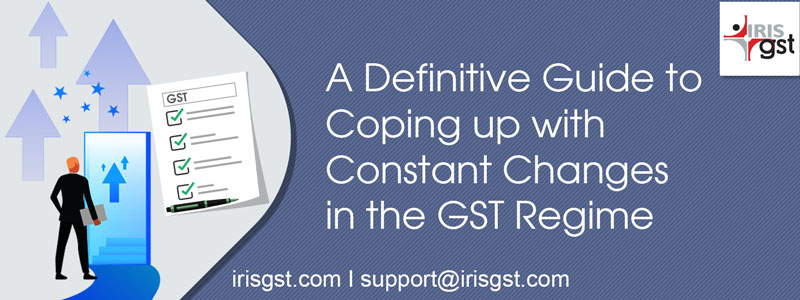
The GST regime in India has gone through massive changes since its inception back in 2017.There have been constant changes in the GST law, the release of new forms, GST updates and notifications circulating on a constant basis.Lately, there have been due date changes and introduction of new forms every other day due to the pandemic crises.
With these constant changes, it has certainly become difficult for businesses to accommodate and implement them all. Keeping a track of the new due-dates and release of new notifications has become a tedious task considering the setbacks businesses are already facing citing the pandemic.
Recent announcement which confirms 1st Oct 2020 as the go-live date for e-invoicing and the new releases in the e-invoice data fields and specifications has further created a hustle.
Hence, the IDT team needs to be equipped enough to handle the constant changes and updates. Here are a few ideas that can be implemented for a smooth workflow:
- Switch to Cloud-based solutions
- Define processes
- Automate
- Uploading invoices and changes there-after
- Keeping track of vendors
- Government Schemes
The integrated solution is made available on a unified platform with a single log-in for ease of use i.e. get all our offerings from a single log-in & shared business hierarchy. It comes with all in one ‘GST Suite’ will not just streamline the GSTFiling, EWAY Bill Management and E-invoice processes but also will reduce the time involved with 100% accuracy!
41st GST Council Meeting
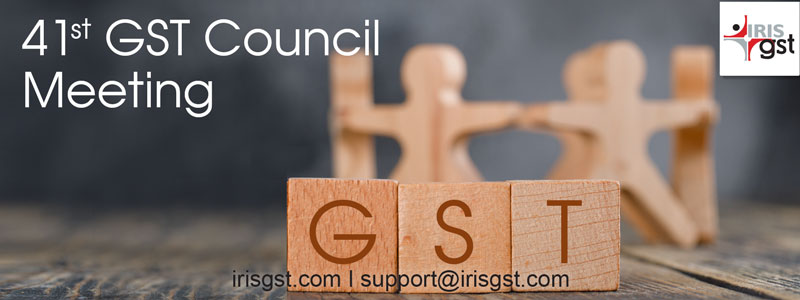
The 41th GST Council Meeting was held on August 27th, 2020 chaired by Union Finance Minister Nirmala Sitharaman, via video conferencing.
The agenda for the meeting was on the methods to compensate the states.
Since the pandemic has hit the country, States as well as the Centre are struggling hard to maintain the economy at balance. This meeting was crucial as the States are expecting solution from Centre over delay in compensation payments.
While the last meeting i.e. the 40th GST Council Meeting was more about providing relief to dwindling businesses hit hard due to the pandemic, the 41st GST Council Meeting has concentrated more on the legal battle between the Centre and the State for Centre’s liability to compensate States.
The shortfall for the FY 2020-21 works out to be Rs 2,35,000crore.
Out of this, Rs 97,000 crore is the shortfall due to GST implementation, whereas the rest is considered as due to COVID-19.
The centre has given two options to the states to meet the shortfall of the compensation cess. Here are the options:
Option I:
The centre can facilitate Rs 97,000 crore to states as borrowings, through a special window by the RBI.
This money can be repaid after 5 years on the collection of cessalong with paying a reasonable rate of interest.
Option II:
Option two is that the states can borrow Rs 2,35,000crore directly from the RBI.
The states must evaluate both these options within seven working days when the GST Council will again meet to finalize the choices.
FEATURE HIGHLIGHT
IRIS Onyx: E-invoicing Solution
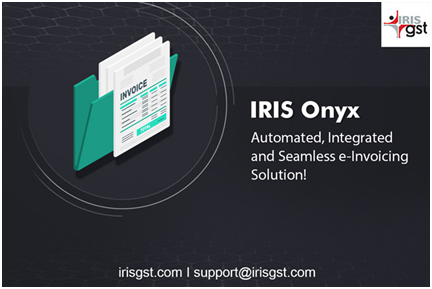
This month, your team at IRIS has been completely occupied in two major updates- integrating Onyx- the e-invoicing solution with the IRP production portal and Unified User Management- bringing IRIS Sapphire- the GST solution on a common platform where the IRIS Topaz and IRIS Onyx is.
The good news is, we have integrated to the production environment for Onyx successfully.
Here are the latest updates from our e-invoicing solution – IRIS Onyx:
- NIC has made E-invoicing portal (IRP) available for production earlier than the release date which is 1st Oct 2020 so that taxpayers can get a feel of the live system.
- IRIS has tested and integrated its E-invoicing platform (Onyx) with IRP production system.
- Along with IRNs you can also test EWB flow through IRN. All IRNs generated on the production system till 30th Sept 2020 will be for test purposes only.
- However as the EWB system is live, so EWBs generated during this trial period will be live EWBs. Hence, if you are using test data for IRN+EWB generation then make sure to cancel the EWBs.
For more details on E-invoicing Solution i.e. IRIS Onyx, you can check out our e-invoicing Solution (IRIS Onyx).
IRIS Onyx is an advanced e-invoicing solution that can integrate with your billing systems in multiple ways and help you generate IRN seamlessly without disrupting your current business processes.
We have also released the Vol II of our ebook on e-invoicing – ‘E-Invoicing in India – Vol II’You can download the E-book here!
- E-invoice API Specification: Versions and Updates
- 5 Key Areas You Need to Plan for an Effective E-Invoicing Implementation
Make your transition to e-invoicing a smooth ride!
UPDATES
GST Data Based Lending – The Emerging Case for MSMEs Credit Appraisal

On one hand the growth of Micro, Small and Medium Enterprise (MSME) is mushrooming in India, while on the other hand survival of MSME sector is getting challenged due to lack of availability of adequate finance. With the economy heading towards a downward spiral, more and more businesses, especially MSMEs, are turning to fin-tech lending institutions and banks for financial help and loans. The government has also churned out schemes and measures for MSMEs’ revival. This has created a vast opportunity for lending institutions to plan their assets and build a robust credit portfolio.
Challenges in lending to MSMEs:
- High acquisition cost
- Lack of enough data to fill credit models
- Concerns on data authenticity
Reliable, Recent Data Source: GST Data Based Lending!
GST is often looked upon as a heavy-duty transformation when it comes to compliance requirements. However, alongwith compliance requirements, it has also brought along availability of granular and timely data. With reporting frequency ranging from Monthly to Quarterly reporting and submission of invoice level data in GST Returns, it has become one of the richest data source to churn and get insights into business mechanics.
With public availability of compliance related details of GST registered entities and detailed information available on consent; the credit models have now evolved to handle GST data.
Technology innovations:
With the advent of technology, several old and rigid mediums and processes that reduce efficiency can be dropped. With technology, financial lending institutions can effectively carry out their lending processes to businesses and MSMEs without having the hassles of traditional and elaborate credit appraisal process.
GST Data based lending gives a more realistic view of business operations and hence better estimate of the business’s credit-worthiness. GST Data based lending can be transformational if used correctly. It is not only just a more efficient way of lending but also a safer one.
Benefits of use of GST Data and Technology:
- Cost-Effectiveness
- Saves a lot of time
- Reduces the risk factor
As bank or lending institution, you have your credit models ready, while as fintech you have developed assessing algorithms. All you need now is the GST data and IRIS Credixo is the best enabler to go along with.
September Compliance Calendar
The month marks the half-yearly closing and sees accountants glued to their systems working tirelessly to meet multiple due dates and filing deadlines.
The GST collection for July stood at Rs 87,422 crore, which is a little lower than Rs 90,917 crore which was collected in June 2020. The 41st GST Council Meeting that took place on August 27, 2020, under the chairmanship of Finance Minister Nirmala Sitharaman discussed the revenue compensation to states.Coming to the GST Compliance Calendar for September, we have made a comprehensive image of our September Compliance Calendar.
Disclaimer: IRIS Business Services has taken due care and caution in compilation of data. Information has been obtained by IRIS from sources which it considers reliable. However, IRIS does not guarantee the accuracy, adequacy or completeness of any information and is not responsible for any errors or omissions or for the results obtained from the use of such information. IRIS especially states that it has no financial liability whatsoever to any user on account of the use of information provided.
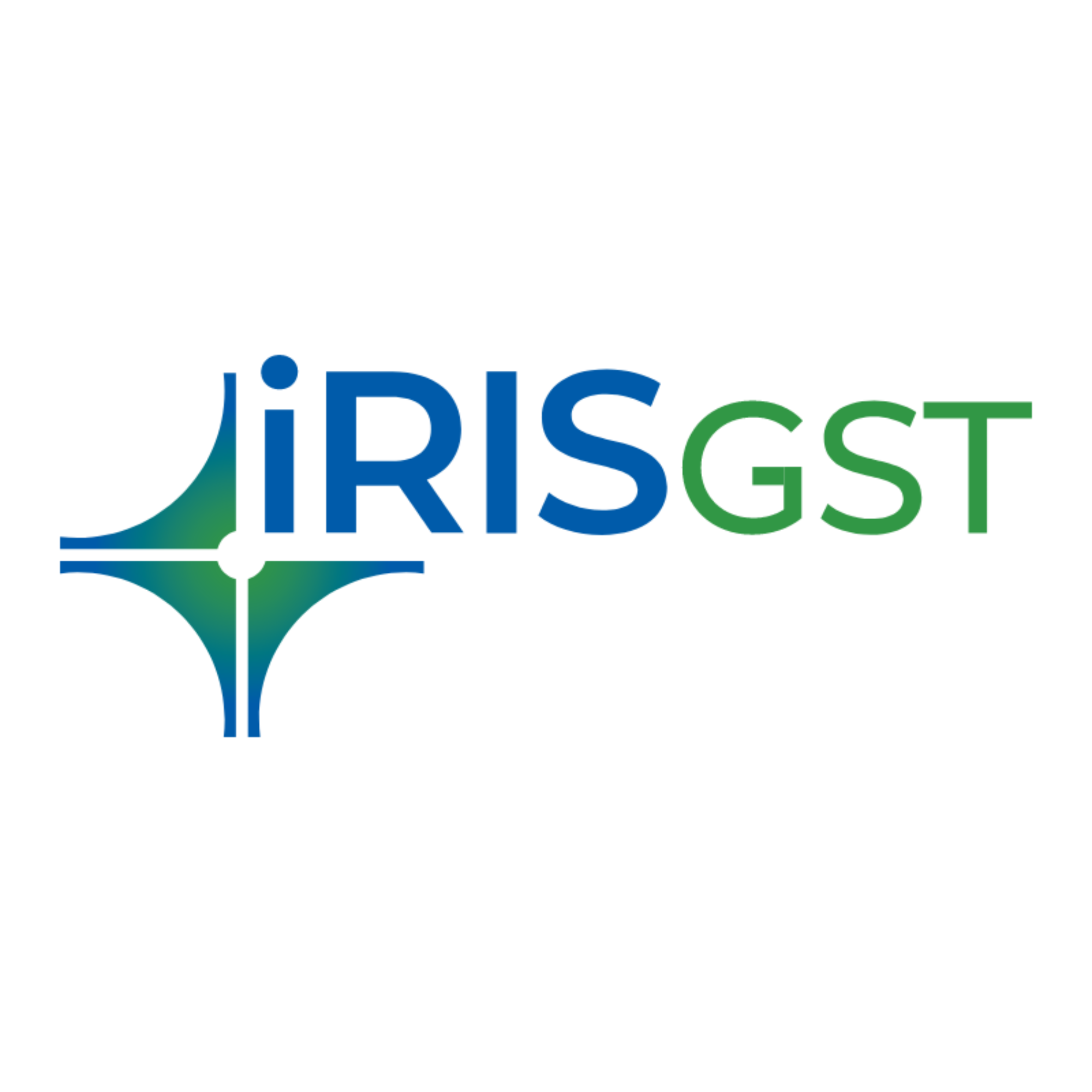
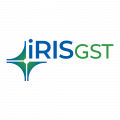
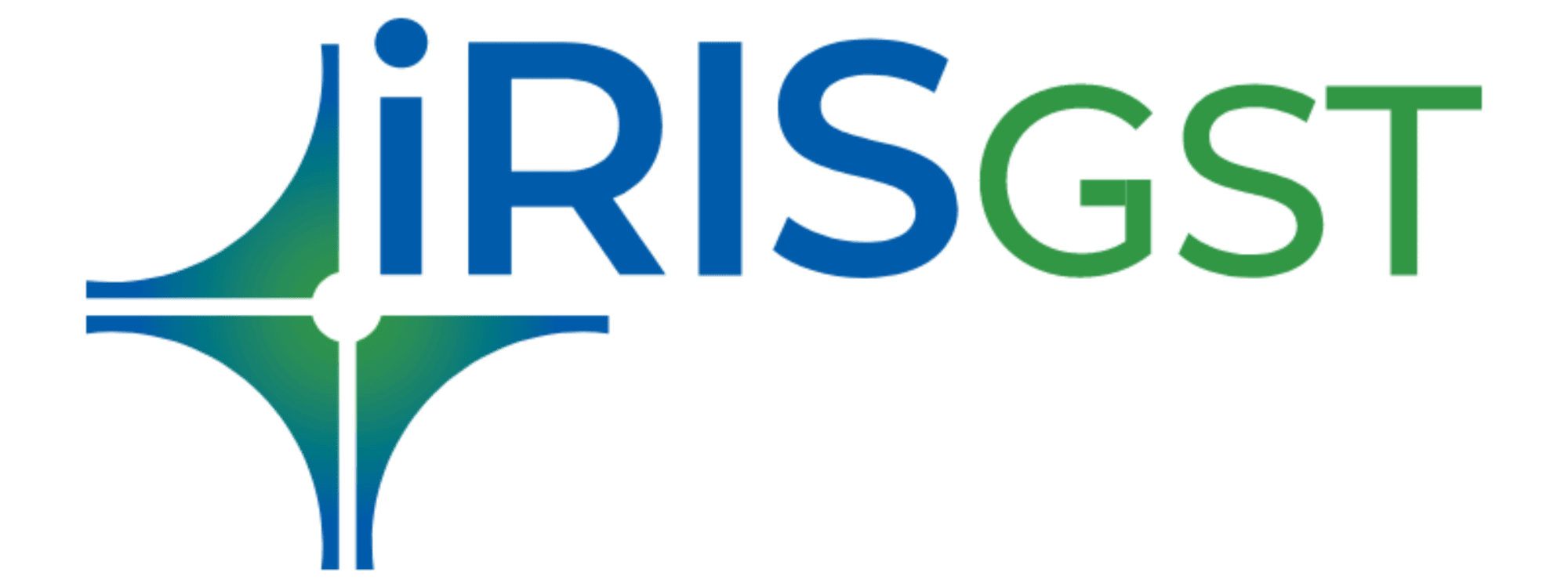


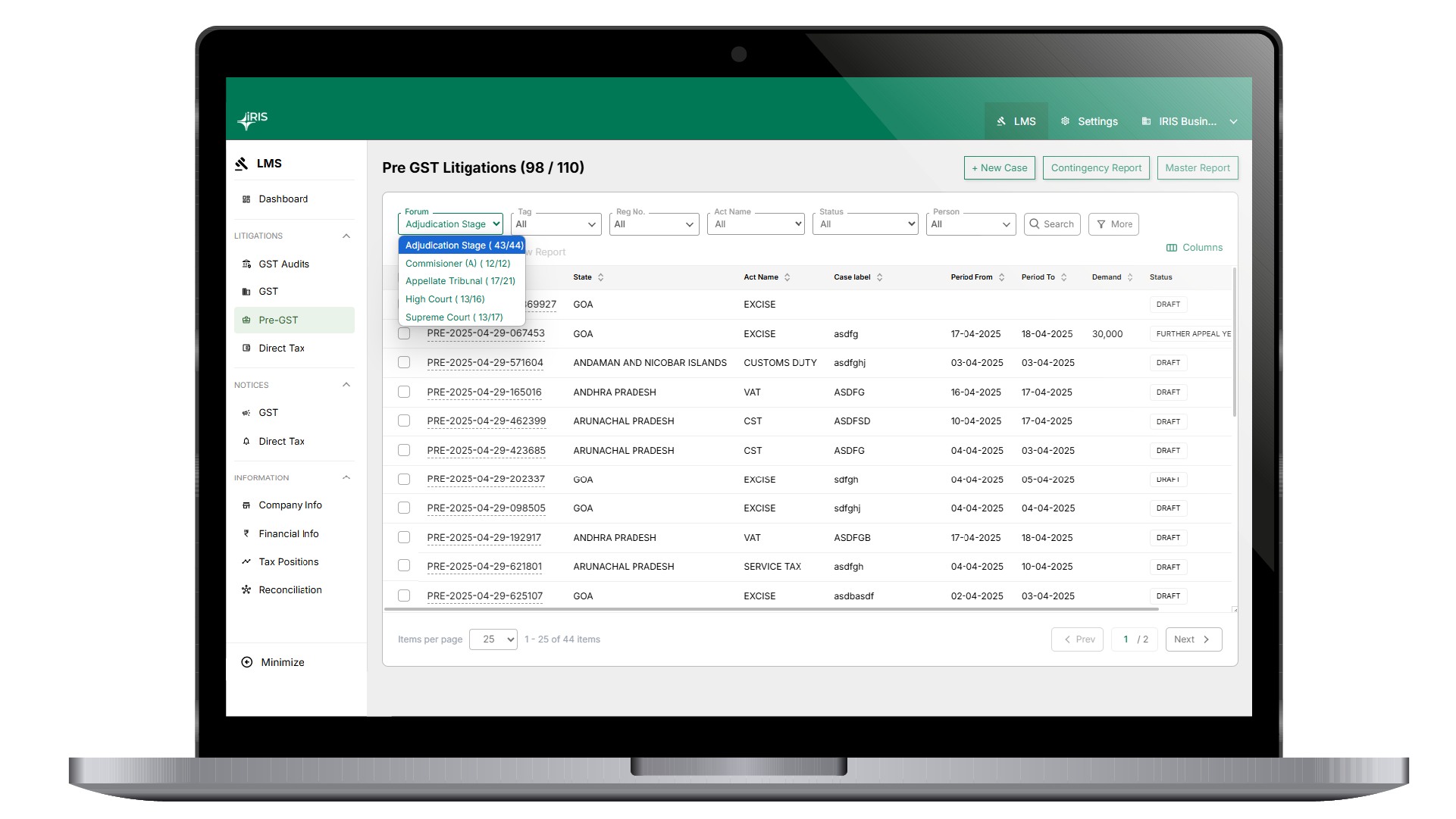
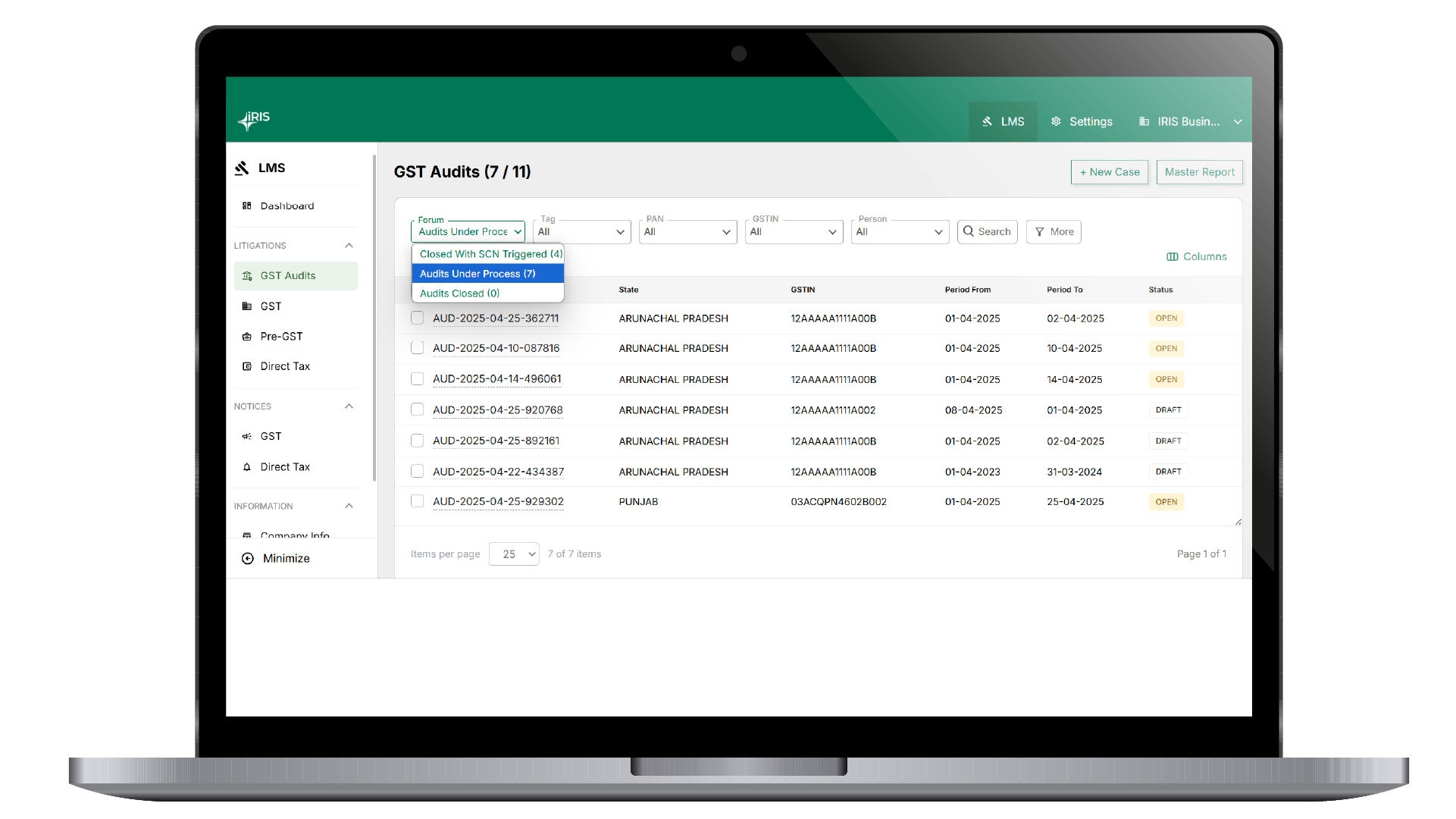

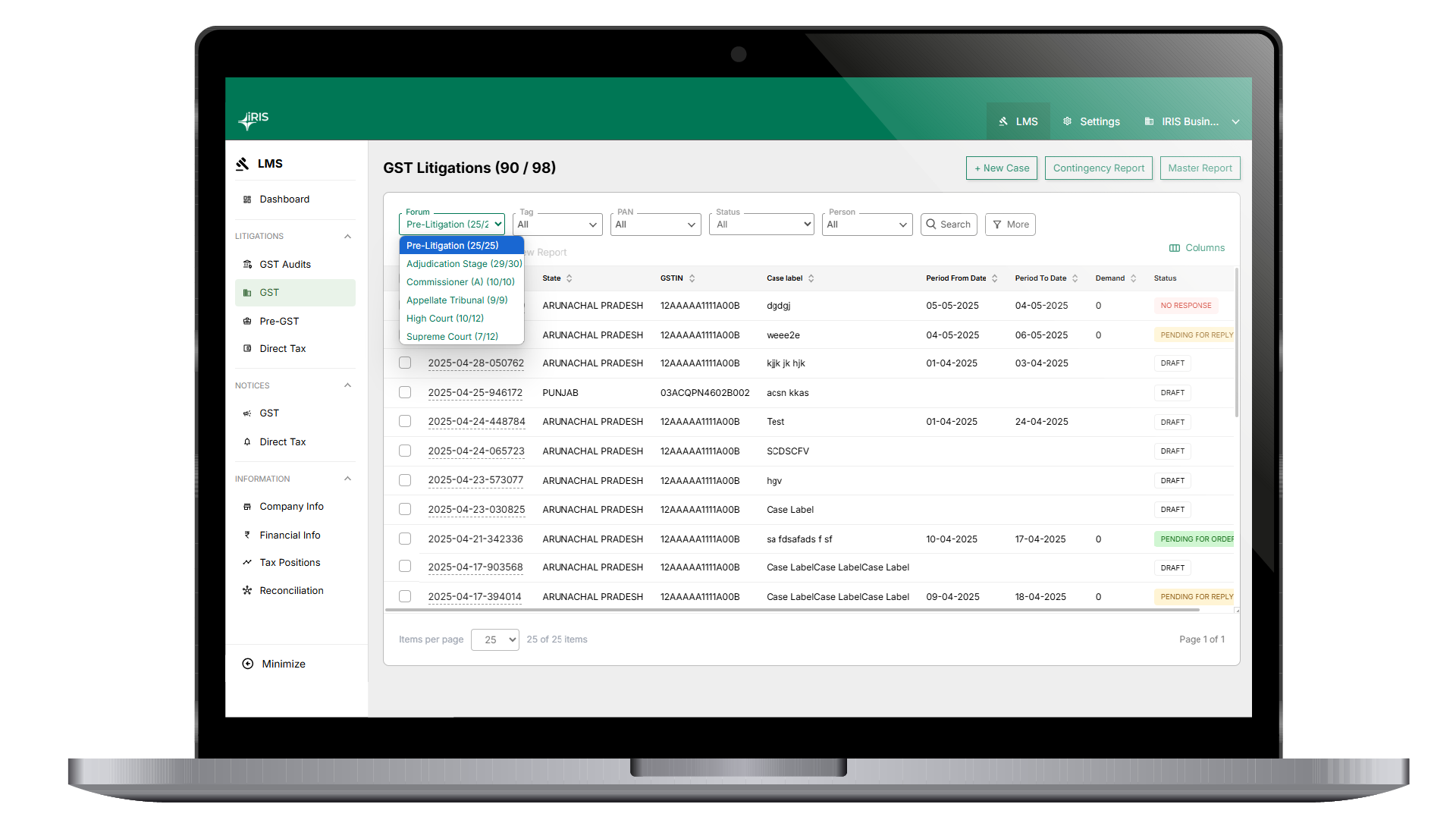















































































































































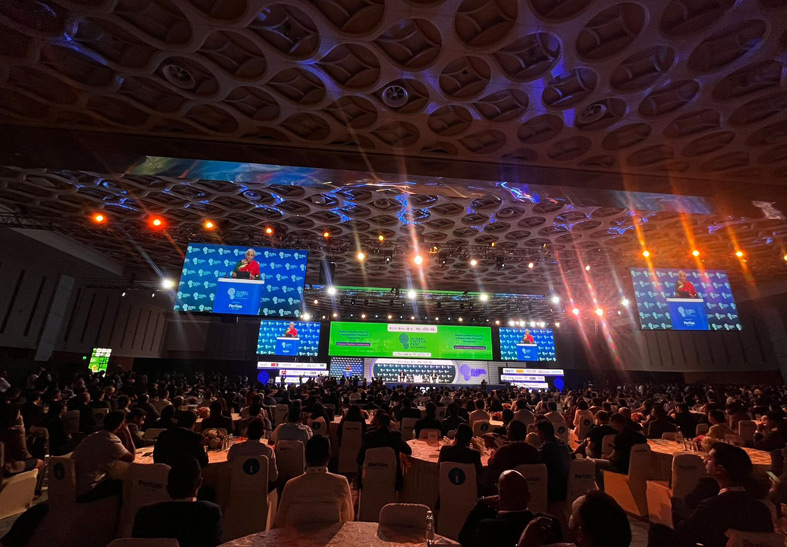
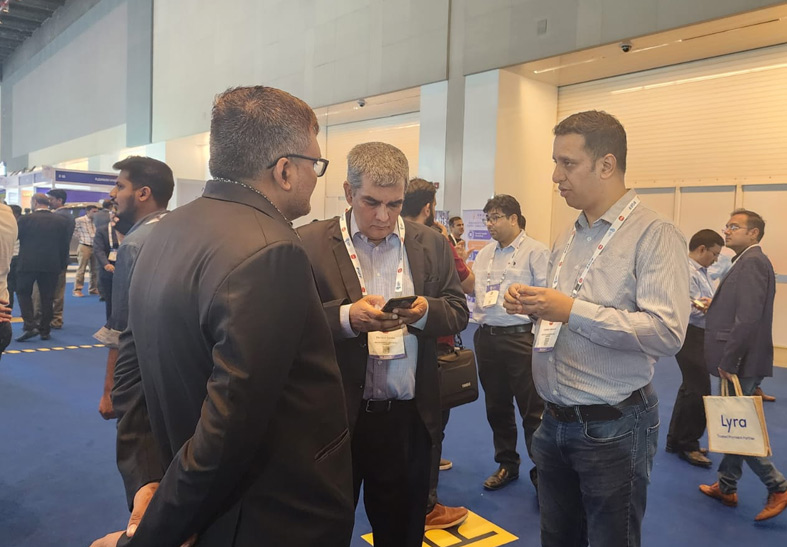
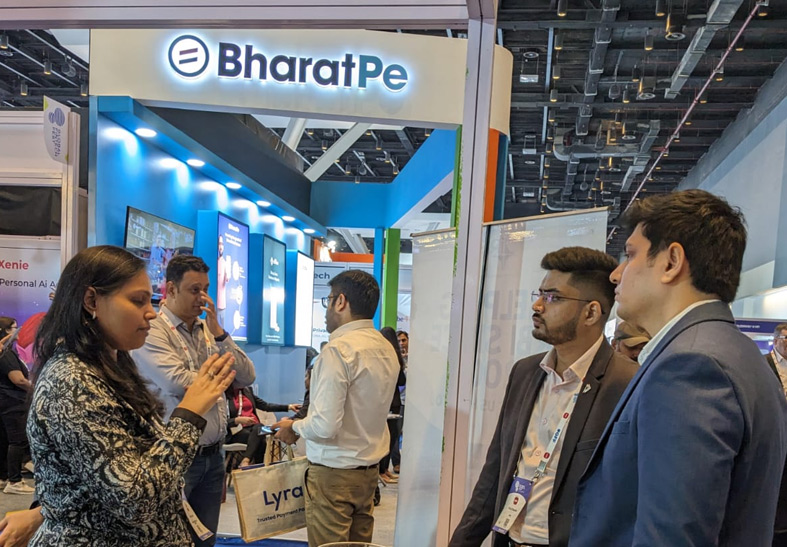
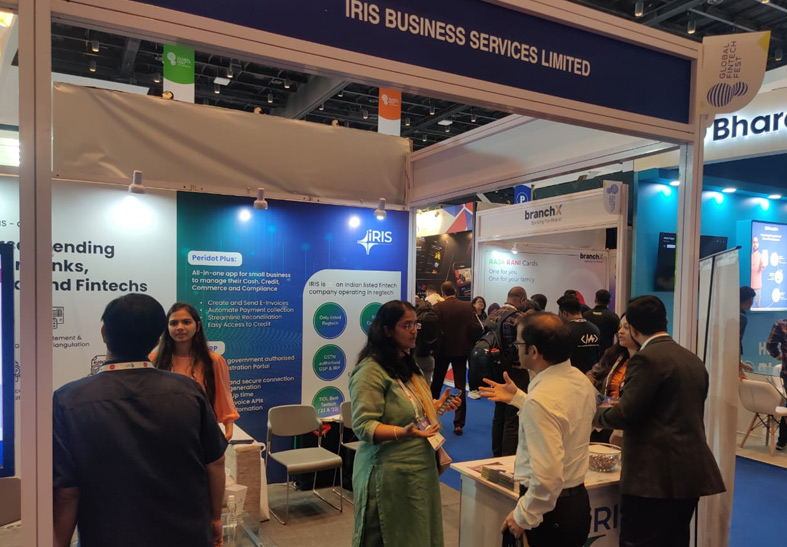
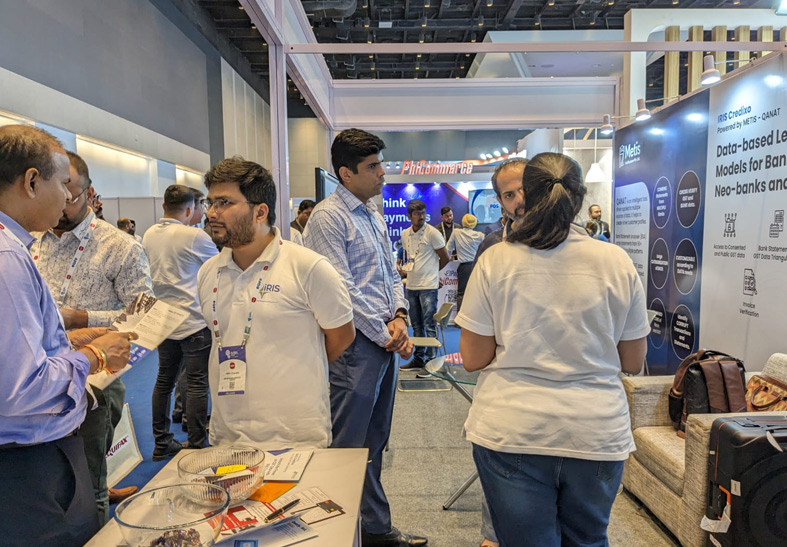
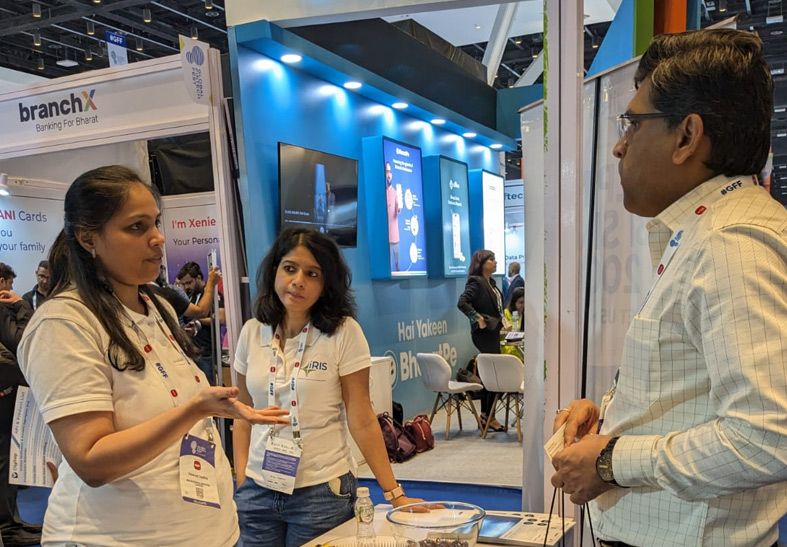
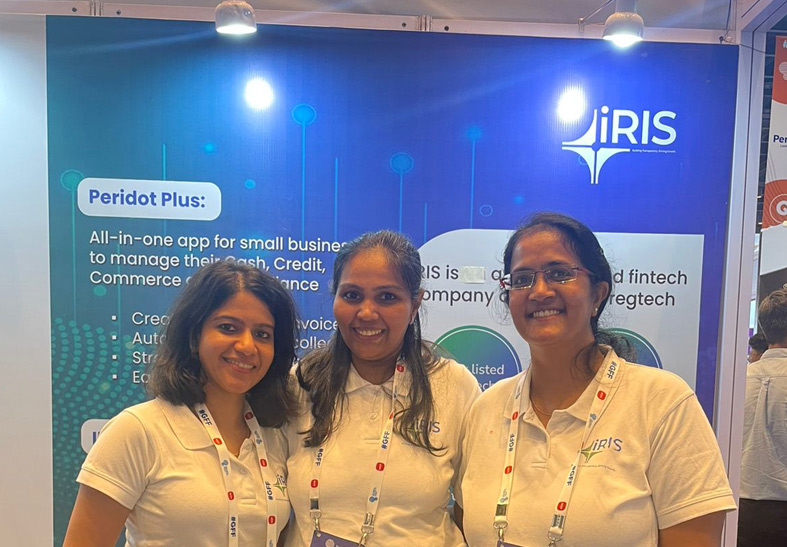
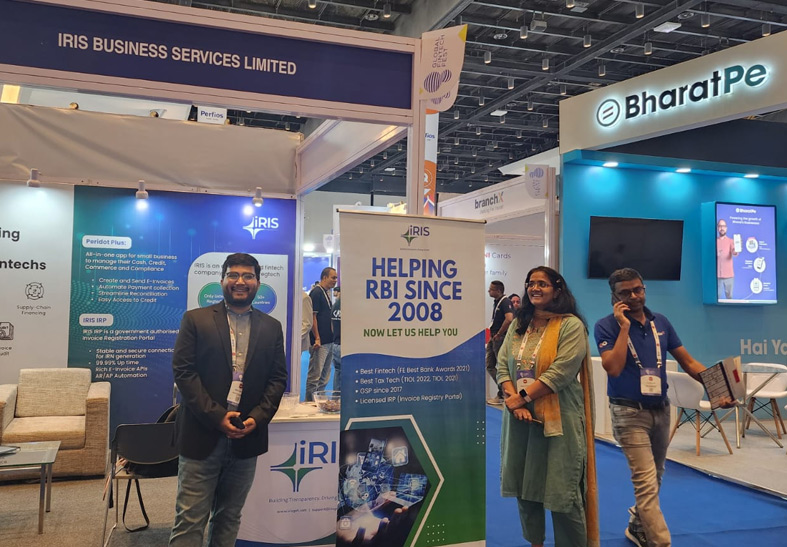















































































Leave a comment